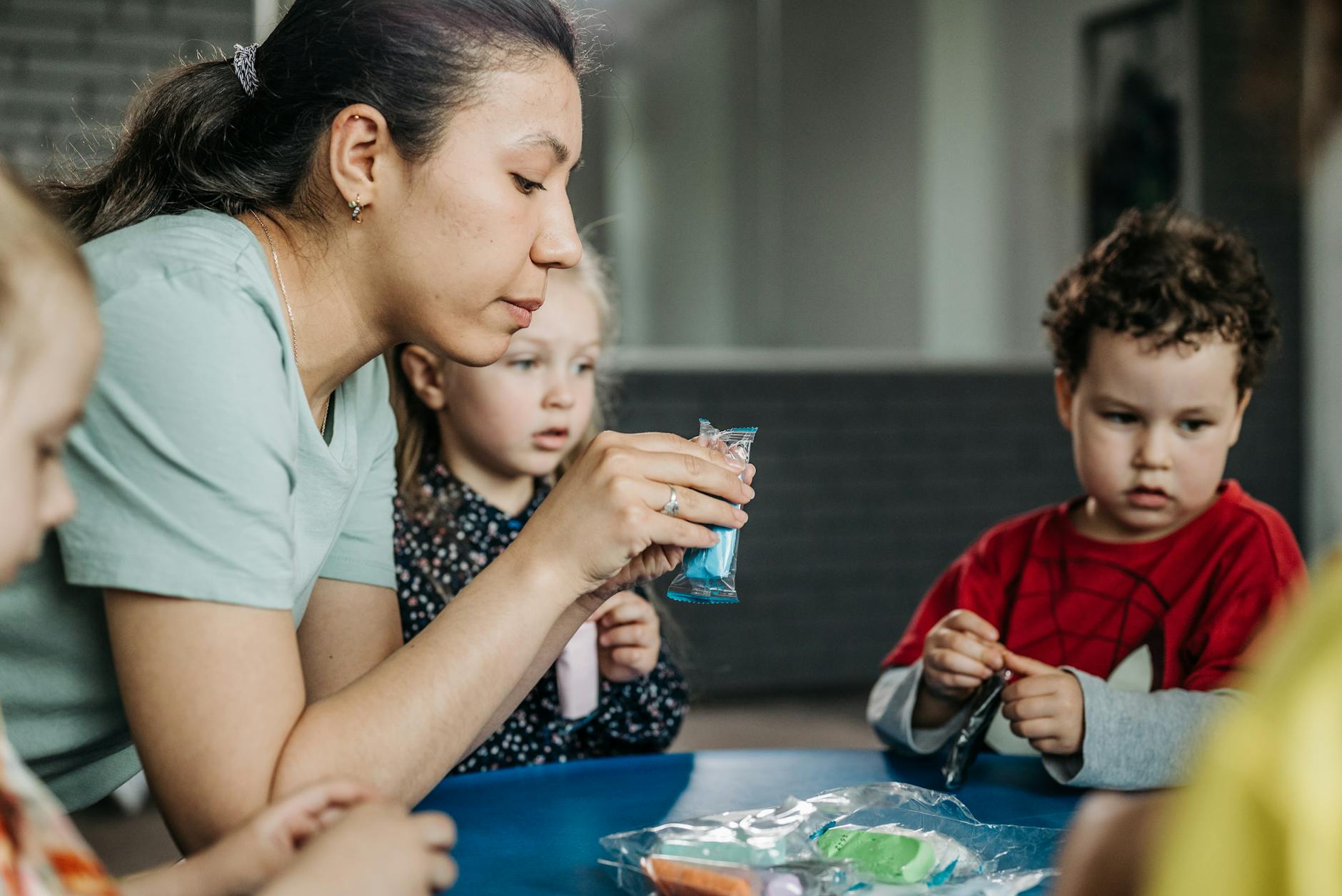Level Up Learning with Minecraft Education!

In an era where traditional teaching methods are being supplemented and sometimes even replaced by innovative educational tools, Minecraft Education emerges as a front-runner in game-based learning environments. With a growing body of research supporting interactive learning, educators are increasingly turning to platforms like Minecraft to engage and inspire their students.
The Power of Game-Based Learning
Game-based learning has gained significant traction as an educational strategy for its ability to motivate and captivate learners. Minecraft Education takes this to the next level by offering an immersive world where students can explore, create, and collaborate. By transforming abstract concepts into tangible challenges within the game, learners of all ages can benefit from a hands-on experience that resonates beyond the classroom.
Why Minecraft Education Stands Out
-
Engagement: With its familiar interface and sandbox environment, Minecraft Education instantly grabs students' attention. The interactive format encourages continued engagement with content, which is a critical component of effective learning.
-
Creativity: Encouraging creative problem-solving, Minecraft allows students to express themselves and explore solutions in a flexible setting. This freedom fosters innovation and a growth mindset among learners.
-
Collaboration: Multiplayer features enable students to work together, promoting teamwork and communication skills. Through collective projects, students learn the value of sharing ideas and the power of collaborative effort.
-
Cross-Curricular Integration: Minecraft Education can be tailored to various subjects—from history to mathematics, science, and language arts—making it a versatile tool for cross-curricular education.
Incorporating Minecraft into the Curriculum
Implementing Minecraft Education requires thoughtful planning to ensure it aligns with educational objectives. Here are some strategies to integrate Minecraft effectively:
-
Define Learning Goals: Determine what students should achieve through their Minecraft sessions. This could range from understanding historical landmarks to grasping complex mathematical concepts.
-
Develop Structured Activities: While the open-ended nature of Minecraft is valuable, structured activities can help guide students towards the learning objectives.
-
Facilitate, Don't Dictate: Teachers should act as facilitators, encouraging exploration and discovery rather than dictating each step.
-
Assess Progress: Create assessment criteria that align with game-based activities to track and measure students' progress and understanding.
-
Encourage Reflection: After sessions, engage students in reflective discussions to enhance their learning and solidify their understanding of the concepts covered.
Conclusion
Minecraft Education offers a revolutionary approach to learning, one that can change the educational landscape by unlocking the potential of students in a dynamic and interactive way. By leveraging the innate appeal of gaming, educators can foster an environment where learning is an adventure, not a chore. Are you ready to level up your teaching strategy and see where Minecraft Education can take your classroom?